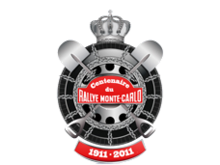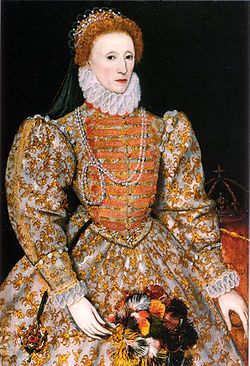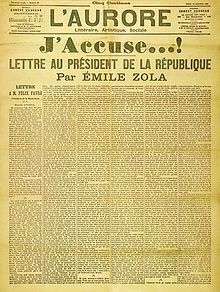Cross posted from The Stars Hollow Gazette
This is your morning Open Thread. Pour your favorite beverage and review the past and comment on the future.
Find the past “On This Day in History” here.
January 22 is the 22nd day of the year in the Gregorian calendar. There are 343 days remaining until the end of the year (344 in leap years).
On this day in 1968, the NBC-TV show, “Rowan & Martin’s Laugh-In”, debuted “from beautiful downtown Burbank” on this night. The weekly show, produced by George Schlatter and Ed Friendly, then Paul Keyes, used 260 pages of jokes in each hour-long episode. The first 14 shows earned “Laugh-In” (as it was commonly called) 4 Emmys. And “you bet your bippy”, Nielsen rated it #1 for two seasons. Thanks to an ever-changing cast of regulars including the likes of Dan Rowan, Dick Martin, Arte Johnson, Goldie Hawn, Ruth Buzzi, JoAnne Worley, Gary Owens, Alan Sues, Henry Gibson, Lily Tomlin, Richard Dawson, Judy Carne, President Richard Nixon (“Go ahead, sock it to me!”), the show became the highest-rated comedy series in TV history.
Rowan & Martin’s Laugh-In ran for 140 episodes from January 22, 1968, to May 14, 1973. It was hosted by comedians Dan Rowan and Dick Martin and was broadcast over NBC. It originally aired as a one-time special on September 9, 1967 and was such a success that it was brought back as a series, replacing The Man from U.N.C.L.E. on Mondays at 8 pm (EST).
The title, Laugh-In, came out of events of the 1960s hippie culture, such as “love-ins” or “be-ins.” These were terms that were, in turn, derived from “sit-ins”, common in protests associated with civil rights and anti-war demonstrations of the time.
The show was characterized by a rapid-fire series of gags and sketches, many of which conveyed sexual innuendo or were politically charged. The co-hosts continued the exasperated straight man (Rowan) and “dumb” guy (Martin) act which they had established as nightclub comics. This was a continuation of the “dumb Dora” acts of vaudeville, best popularized by Burns and Allen. Rowan and Martin had a similar tag line, “Say goodnight, Dick”.
Laugh-In had its roots in the humor of vaudeville and burlesque, but its most direct influences were from the comedy of Olsen and Johnson (specifically, their free-form Broadway revue Hellzapoppin’), the innovative television works of Ernie Kovacs, and the topical satire of That Was The Week That Was.

 On this day in 1911, the first
On this day in 1911, the first  On this day in 1801,
On this day in 1801,  On this day in 1853,
On this day in 1853,  On this day in 1865, the United States
On this day in 1865, the United States  On this day in 1919, the
On this day in 1919, the 

 On this day in 1761, the
On this day in 1761, the  The Third Battle of Panipat saw an enormous number of casualties and deaths in a single day of battle. It was the last major battle between indigenous South Asian military powers, until the creation of
The Third Battle of Panipat saw an enormous number of casualties and deaths in a single day of battle. It was the last major battle between indigenous South Asian military powers, until the creation of 
 On this day in 1932,
On this day in 1932,  On January 11, 1908, U.S. President Theodore Roosevelt
On January 11, 1908, U.S. President Theodore Roosevelt 